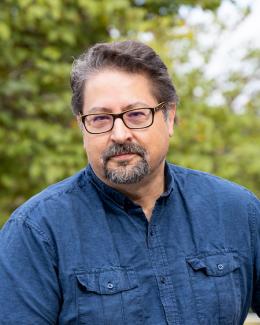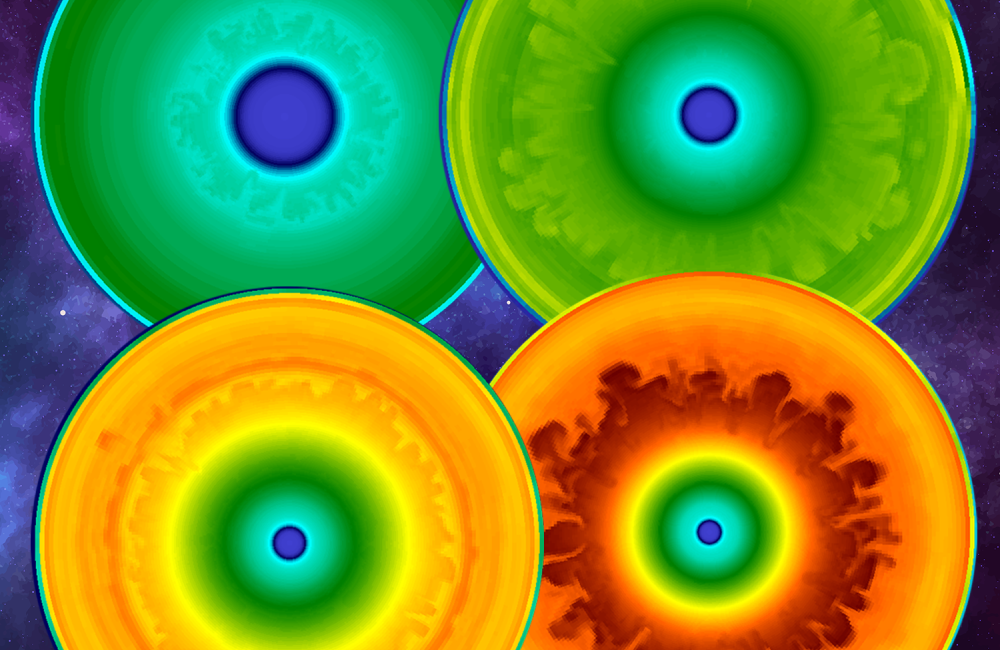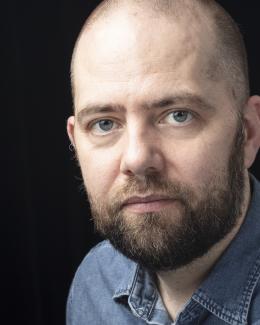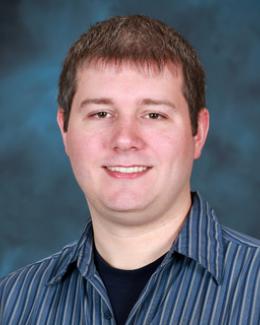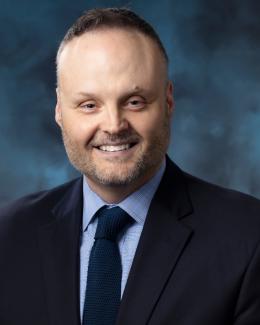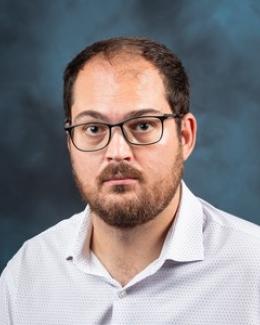The images show the development of different modes of convection deep within the stellar core and below the core collapse supernova shock wave. Such convection aids the explosion and generates gravitational waves at both low and high frequency. Credit: Anthony Mezzacappa/University of Tennessee
As a result of largescale 3D supernova simulations conducted on the Oak Ridge Leadership Computing Facility’s Summit supercomputer by researchers from the University of Tennessee and Oak Ridge National Laboratory, astrophysicists now have the most complete picture yet of what gravitational waves from exploding stars look like. This is critical information in the quest to identify such phenomena in the universe.
Not unlike a large rock crashing into a tranquil pond, catastrophic events in the cosmos cause ripples of gravitational waves throughout the fabric of spacetime — a phenomenon that was predicted by Albert Einstein in 1916 but wasn’t directly observed until 100 years later. With that Nobel Prize-winning discovery, the Laser Interferometer Gravitational-Wave Observatory in Washington state and Louisiana heralded an emergent field of science: gravitational-wave astronomy.
By using huge interferometers designed specifically to detect minute flexing in spacetime caused by gravitational waves, astronomers can compare these measurements with computer simulation data to determine their sources. So far, LIGO has verified gravitational waves emanating from black holes colliding with black holes, from neutron stars crashing into neutron stars, and from black holes merging with neutron stars. A core-collapse supernova — another likely candidate — has yet to be observed. But that could change soon thanks to more sophisticated modeling data from this new study and from other supernova modeling efforts.
The UT and ORNL researcher team ran three supernova simulations on Summit, located at ORNL, with a supernova progenitor mass of 9.6, 15 and 25 solar masses, respectively. The team’s results were published earlier this year in the American Physical Society’s Physical Review D. Their predictions of gravitational wave signatures emanating from supernovae could serve as vital tools to help identify such infrequent, distant phenomena in our galaxy through LIGO or other gravitational wave observatories, such as the European Gravitational Observatory’s Virgo interferometer in Italy or the Kamioka Gravitational Wave Detector in Japan.
“Since the lion’s share of core-collapse supernovae will only be observable on our side of the galaxy, the farther out we can see them, the greater the chance that we will detect one in the not-too-distant future. And to see farther, we must develop our detection methods because, in the end, it’s all about finding a tiny signal in a lot of noise — a needle in a haystack,” said Anthony Mezzacappa, principal investigator for the project and the Newton W. and Wilma C. Thomas Endowed Chair Professor in Theoretical and Computational Astrophysics in UT’s Department of Physics and Astronomy.
The team shares its gravitational wave data with the LIGO Scientific Collaboration, which uses it to optimize its analysis methods for more refined supernova detection.
“The sophistication on our side is in the modeling, and the sophistication on LIGO’s side is in the detection, the signal processing. When you bring those two teams together, there’s magic. We couldn’t possibly do what they do, and they can’t do what we do — so we do it together,” Mezzacappa said.
Mezzacappa has been modeling supernovae since 1985. In 1994, he joined UT and established the UT/ORNL supernova group, which currently includes, among others, ORNL staff members Eirik Endeve, Austin Harris, Raph Hix, Ryan Landfield, Bronson Messer and Vassilios Mewes as well as UT faculty members Eric Lentz and Mezzacappa and several graduate students.
When the group started out, supernova modelers worked under the assumption that stars and their explosions were spherically symmetric, which made for simple models. Over the next 20 years, however, astrophysicists developed a more intricate picture of supernovae. Complex features included multidimensional effects such as turbulence and convection and required much more sophisticated models to be run on more powerful supercomputers.
“Core-collapse supernovae are multidimensional, multi-spatial-scale, multi-time-scale events, and they’re nonlinear phenomena. You have multiple physics components: gravity, hydrodynamics for the stellar evolution and particles called neutrinos that help drive the explosion. And then you must model the nuclear physics at the center of the star,” Mezzacappa said. “All of this must be in 3D because Mother Nature is 3D. So, these types of simulations — as realistic as we can make them to date — must be carried out on systems like those at the OLCF.”
Mezzacappa’s team used the GPU-optimized CHIMERA supernova modeling code for 3D simulations; Lentz, a research assistant professor in UT’s Department of Physics and Astronomy, leads its development. CHIMERA is named after the three-headed mythological beast because of the software’s three main components: a hydrodynamics code for stellar fluid, a neutrino transport code for radiation and a gravity solver to approximate Einsteinian gravity.
Of the three stars simulated on Summit, the 9.6 solar-mass model revealed some surprises during its virtual supernova explosion compared to the heavier models — nuclear burning caused an early, prominent gravitational wave emission of much higher frequency.
“That 9.6 solar-mass model is, in most respects, quite different than the other two. Why is that important? Imagine that Mother Nature had chosen a 9.6 solar-mass star to explode like this one but we had not run such a model, and we had only run the more massive models in which the gravitational wave signatures look quite different. You can see that the models would not be able to match observations. But now we have a more representative sample of what Mother Nature may give us,” Mezzacappa said.
Looking forward to making its supernova models more complete, the UT-ORNL team is working to add even more physics to CHIMERA and to run simulations with progenitors of different masses and other characteristics.
“Our next-generation models are going to factor in stellar rotation. That’s important because when a supernova explodes, if there’s rotation, then there will be a gravitational wave signature associated with rotation, and we don’t have that signature yet because we’re not considering rotation,” Mezzacappa said. “The other thing we’re working toward is including magnetic fields in the models. So, the Earth has a magnetic field, stars have magnetic fields, and during an explosion, those magnetic fields can have dynamic consequences for the explosion.”
These added features will require increasing amounts of computing resources, such as those offered by the OLCF’s new Frontier exascale supercomputer at ORNL.
“Given where we want the models to eventually be, we can easily see our way through two more generations of OLCF systems. We have Frontier now, and then there will be post-Frontier, and then post-post-Frontier,” Mezzacappa said. “We will continue to rely on the progression of architectures that has been made available to scientists around the country due to the expertise and hard work of the OLCF staff. I know that they’re having an impact on many other disciplines as well, but from our point of view, without them and without that progression of machines, we’d be done.”
This research was supported by an award of computer time provided by the Innovative and Novel Computational Impact on Theory and Experiment Program at the OLCF and at the Argonne Leadership Computing Facility, which are Department of Energy Office of Science user facilities.
UT-Battelle manages ORNL for DOE’s Office of Science, the single largest supporter of basic research in the physical sciences in the United States. DOE’s Office of Science is working to address some of the most pressing challenges of our time. For more information, visit https://energy.gov/science. — Coury Turczyn
